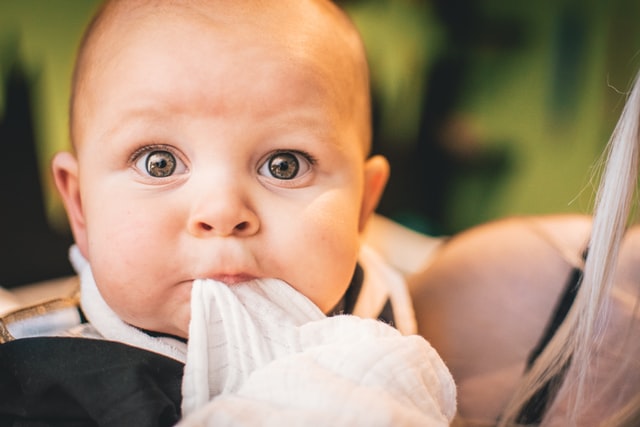As a parent, you never want to learn that your child has a health condition. You make an effort to do everything you can to keep them healthy, such as watching their nutrition, making sure they get enough exercise, and having regularly scheduled visits with your pediatrician. Unfortunately, there are many conditions that you can’t do anything to prevent.
One unpreventable condition that affects some babies is strabismus, also known as “lazy eye” or “crossed eye,” which is one of the most common eye conditions in children. Strabismus causes a baby’s eye to be misaligned, with one turned in a different direction. People of any age can also get strabismus, but it’s most common in infants.
Most people are familiar with the correlation between infants and lazy eyes but don’t know why it happens or what options are available to help treat them. Strabismus can be detected easily at your baby’s well-child visit. Contact PAK Pediatrics for an appointment if you suspect your child is showing any of the symptoms below.
What is a Lazy Eye in Babies?
Being the detectives they are, parents often bring their children to the doctor’s office with concerns of a lazy eye. A newborn’s lazy eye is caused by a muscle condition closely tied to strabismus, which should actually be the primary concern. Strabismus in infants can be harder to detect than strabismus in adults.

Sometimes there are facial features, such as epicanthic folds in the part of the eye closest to the nose, which make it seem like there is a lazy eye where there truly is not. Parents need to understand the signs of lazy eye in a baby and how those signs relate to strabismus. The sooner you get treatment for your baby’s lazy eye, the better the chance of preventing secondary health effects.
What is Strabismus in Babies?
Many people believe strabismus affects only one of the eyes, but it can impact both. This means that eyes might turn inwards, outwards, upwards, or downwards.
Look out for these four easy signs that a baby’s lazy eye may be a result of strabismus:
- One or both of a baby’s eyes is off center.
- The baby frequently tilts or turns its head. This could signify that they must adjust their head to look at an object.
- The baby often squints or blinks, possibly caused by double vision due to strabismus.
- The light reflex in the eye when their picture is taken (red eye in the picture) is not in the center of the eye.
If you see any signs of strabismus in your child, even if they’re very mild, you should get them checked out to see if they need treatment. Eye examinations in the office can quickly determine if a baby has strabismus.
What Causes Strabismus in Babies?
Strabismus is caused when the eye muscles don’t work together, but what exactly causes this to happen is unknown in most cases.
It’s essential to realize that the eye muscles strengthen after birth as the infant uses their eyes more and more. It is common to see strabismus in newborns until they develop adequate strength; this does not require treatment in most cases.
However, some children are more at risk of developing strabismus than others. Having a parent or sibling with strabismus increases a child’s chance of having the condition. Other factors that can increase the risk of strabismus are neurological or muscular issues. Strabismus can also occur in children with other eye issues, like being farsighted or sustaining trauma to the eye.
If your child was recently injured and experiencing eye problems, they may need a sick visit.











